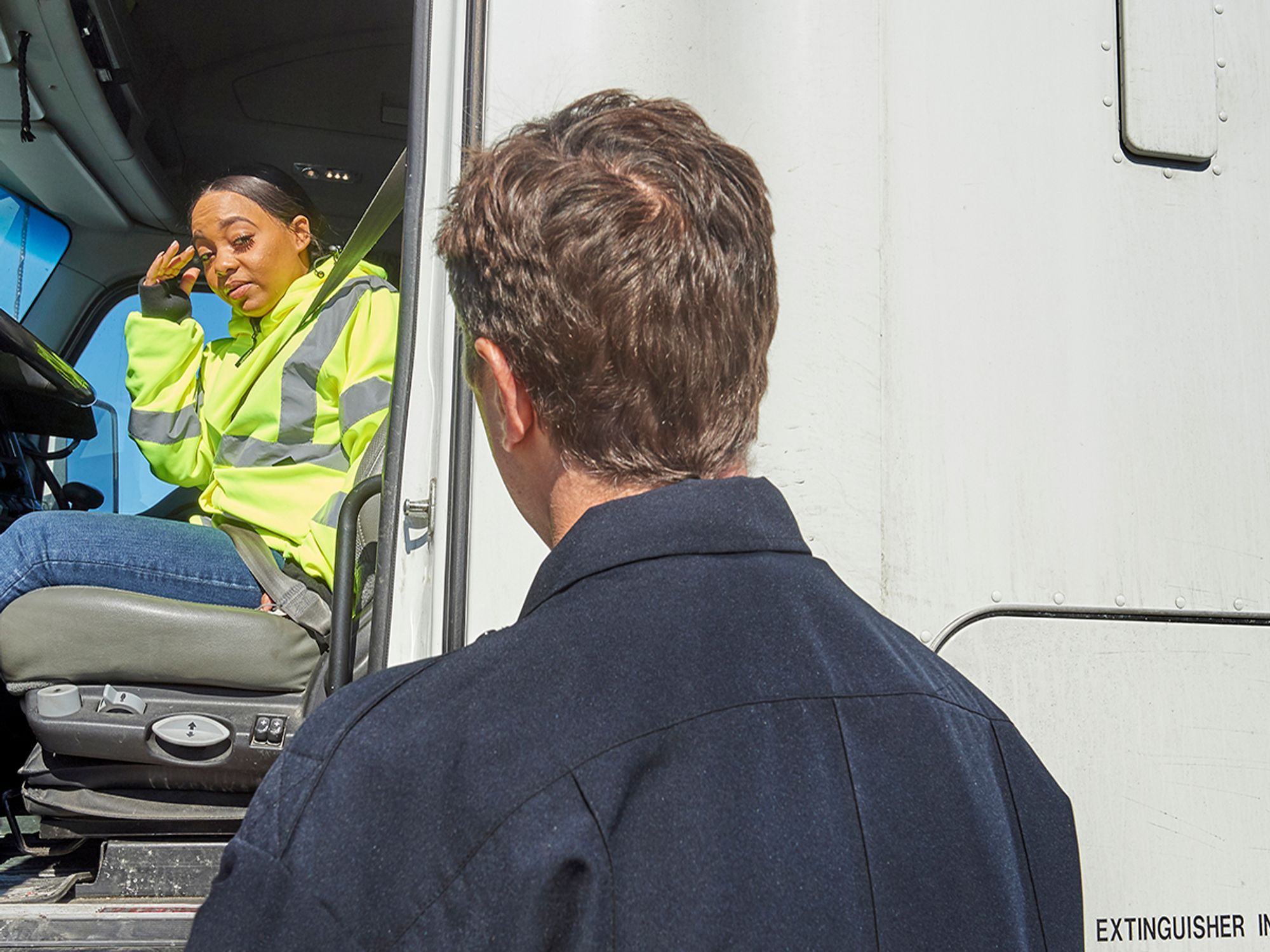Criteria for reasonable suspicion testing

- Supervisors may only request a reasonable suspicion alcohol or drug test based on specific, contemporaneous, articulable observations concerning the appearance, behavior, speech, or body odors of the driver.
- A trained supervisor is required to make the observations.
- The behavior must be documented in writing.
In order to request a reasonable suspicion test of a driver, the employer’s decision must be based on specific, contemporaneous, articulable observations concerning the appearance, behavior, speech, or body odors of the driver. In other words, the observations must be happening in front of the employer now (contemporaneous) and must be explained in detail when documenting the event.
The observations may include indications of the chronic and withdrawal effects of controlled substances.
Who may request the test?
Under the Department of Transportation (DOT) drug testing rules (Part 382), a trained supervisor is required to make the observations to require a test. This supervisor must have received 60 minutes of training on alcohol misuse and additional 60 minutes of training on drug use as required in 382.603.
The driver is required to submit to the alcohol and/or drug test when approached by the trained supervisor about the reasonable suspicion. If driver does not comply, it is considered a refusal to test. A refusal to test holds the same consequences as a positive test result, triggering the DOT return-to-duty process.
Documenting the observations
Documentation of the driver’s conduct must be prepared and signed by the supervisor within 24 hours of the observed behavior, or before the results of the alcohol or drug test are released, whichever is earlier.
